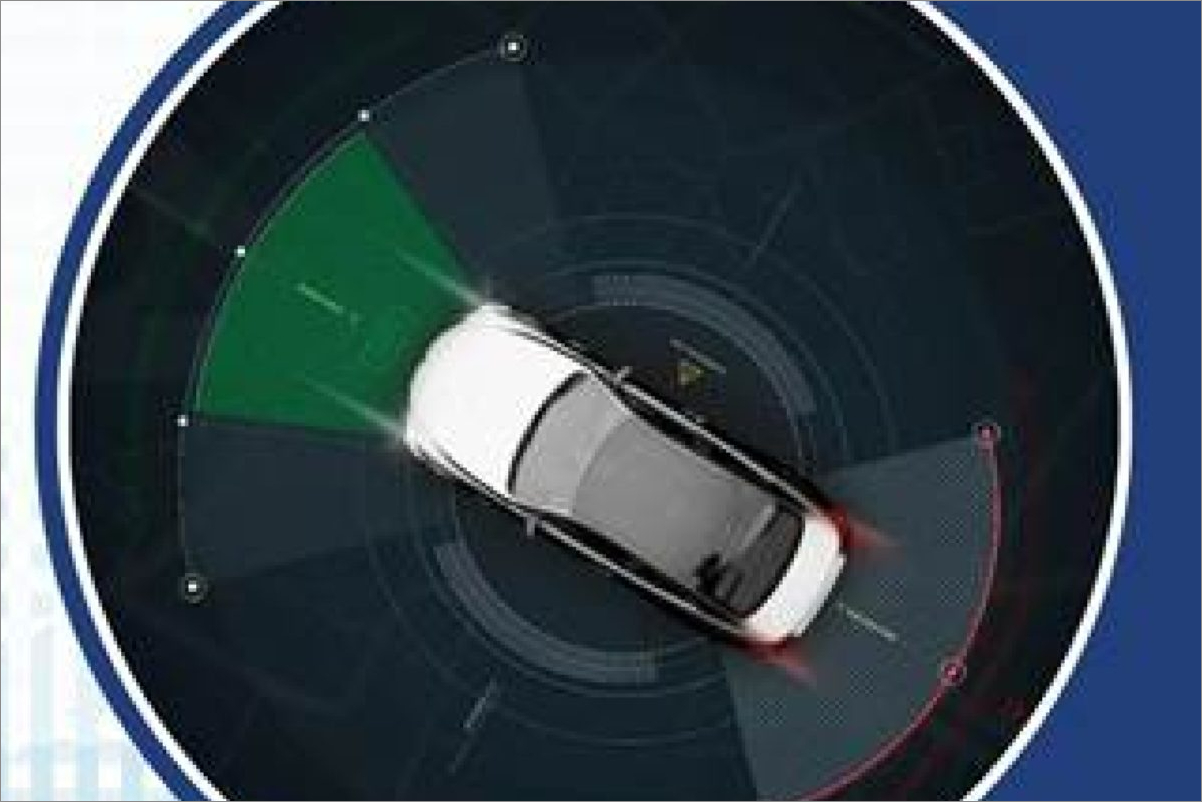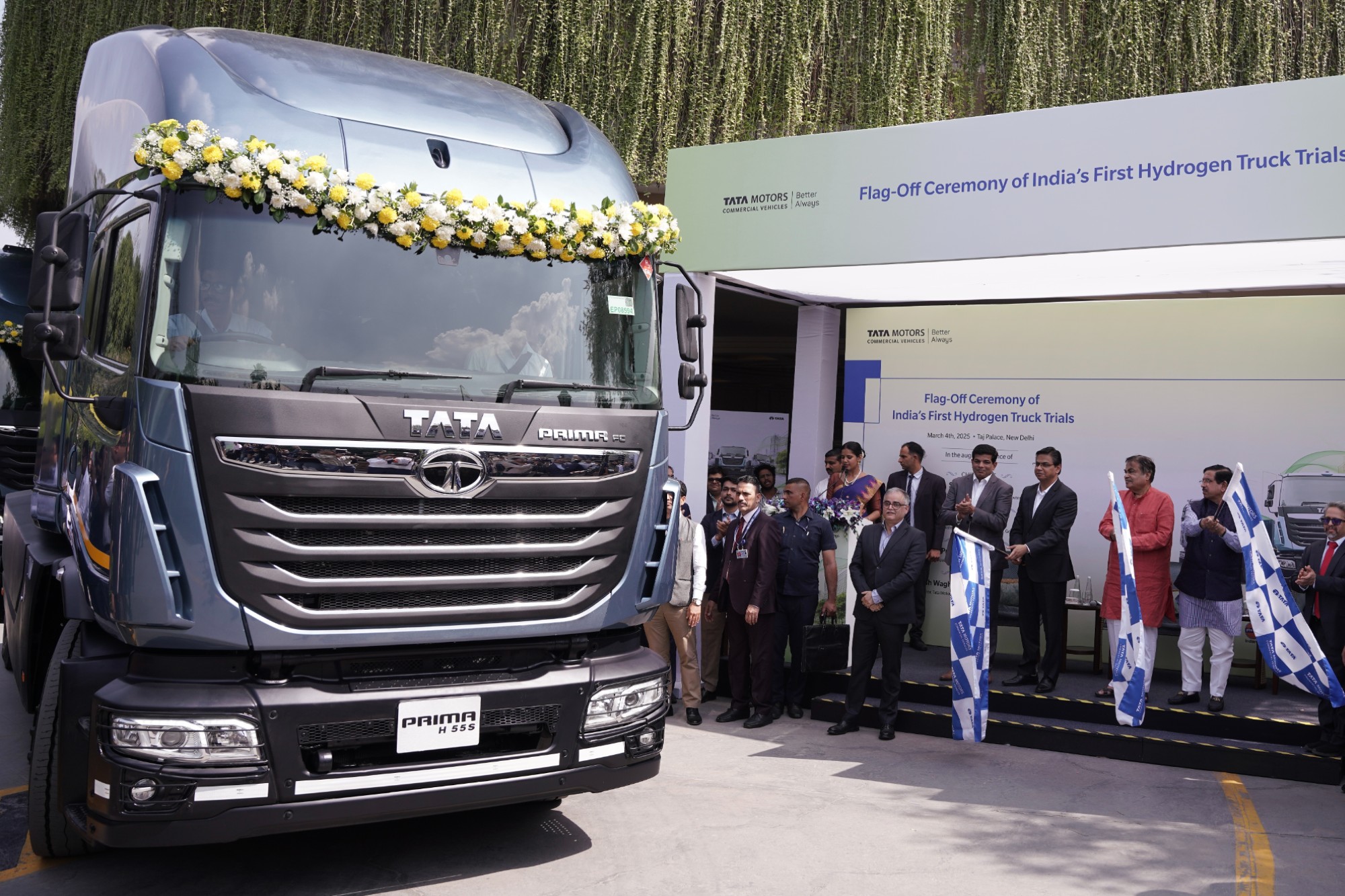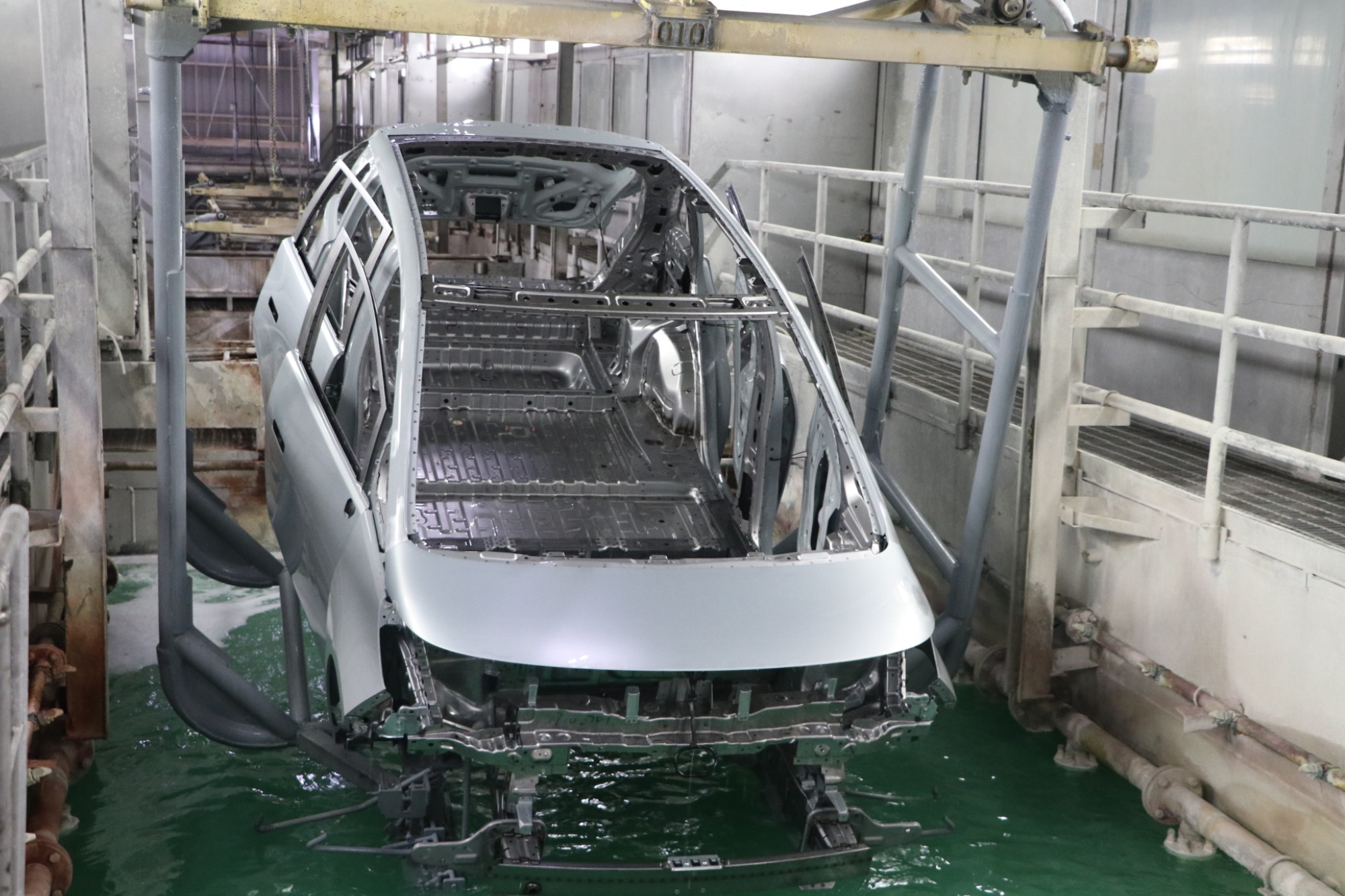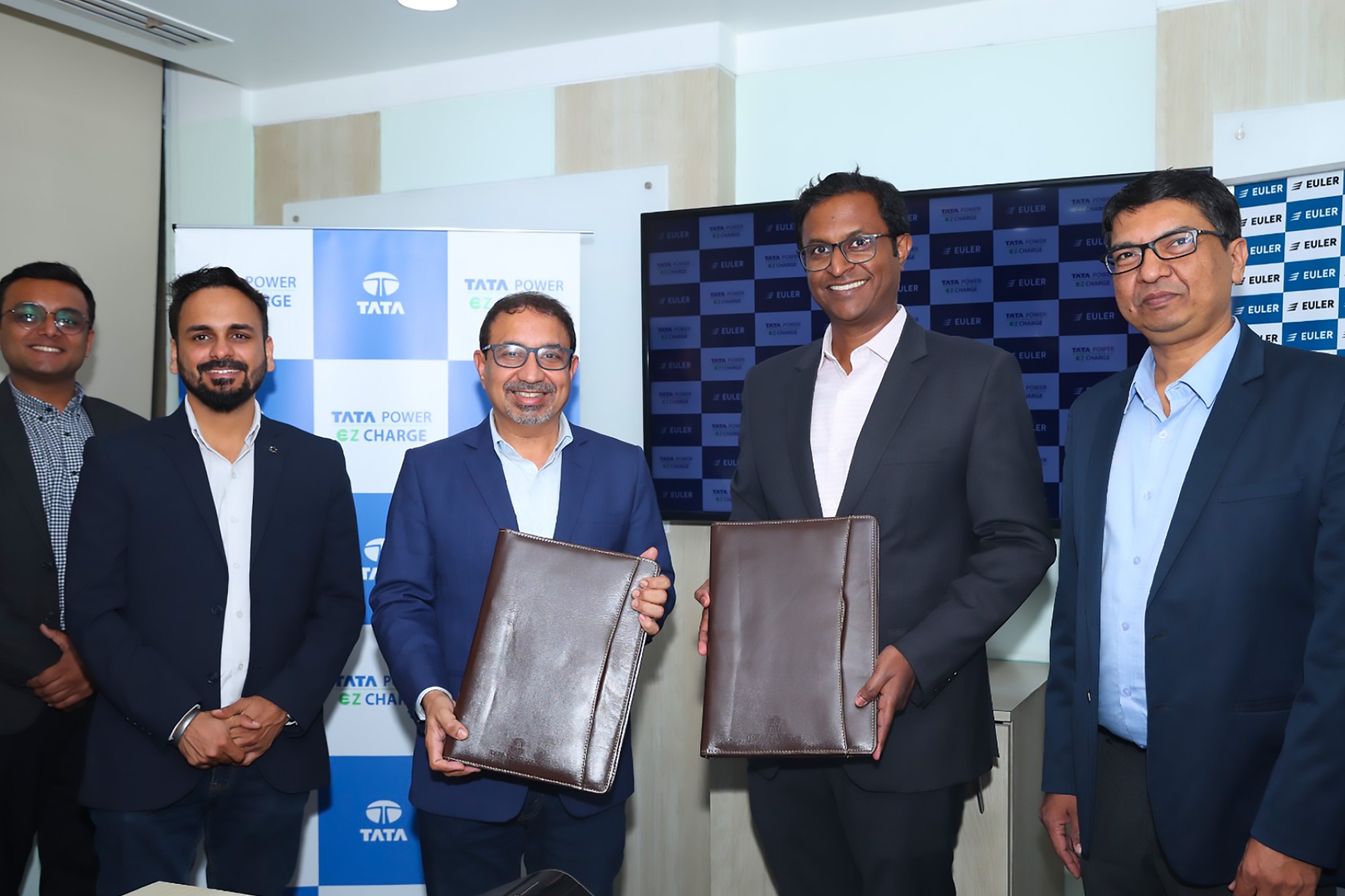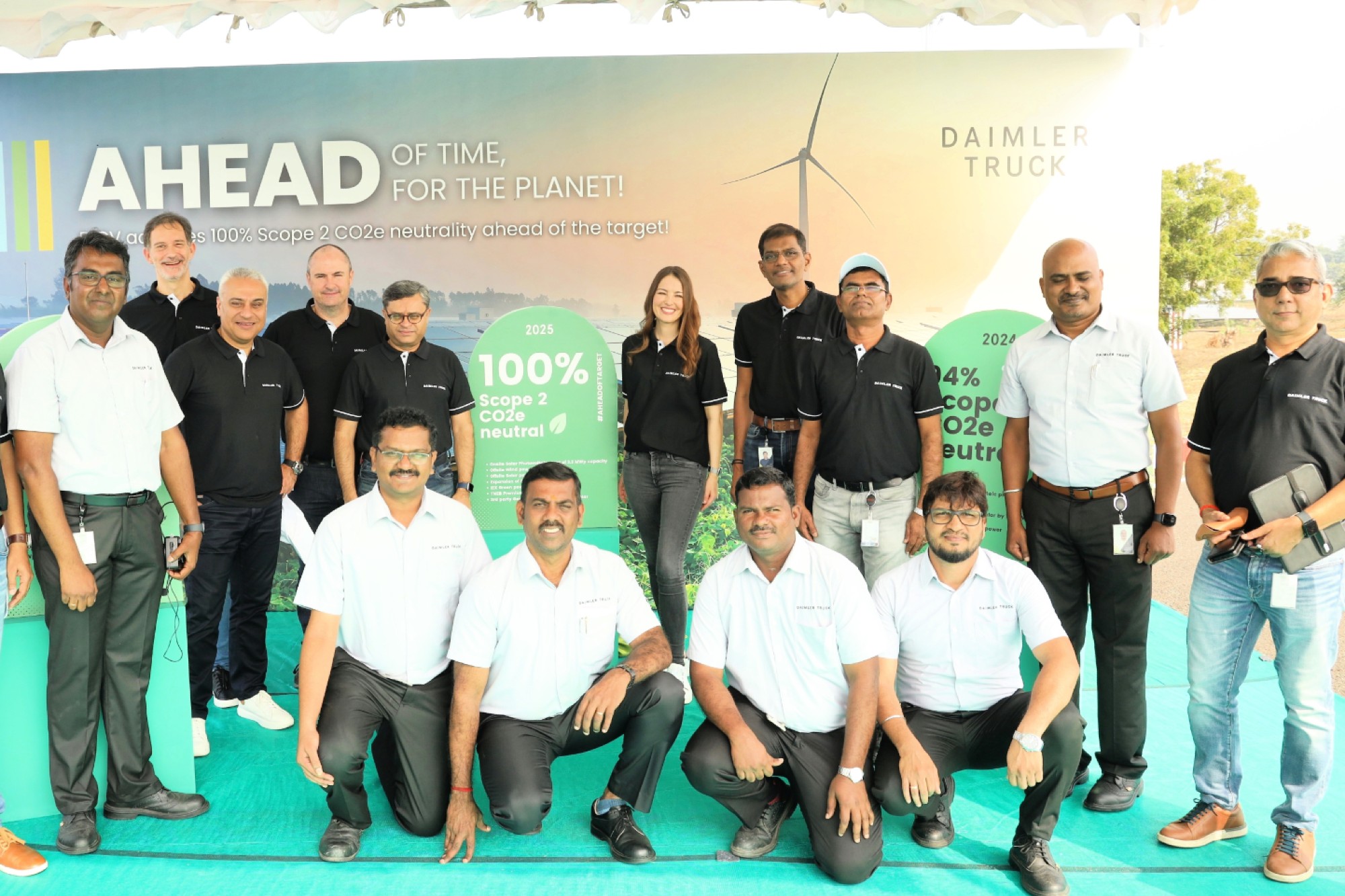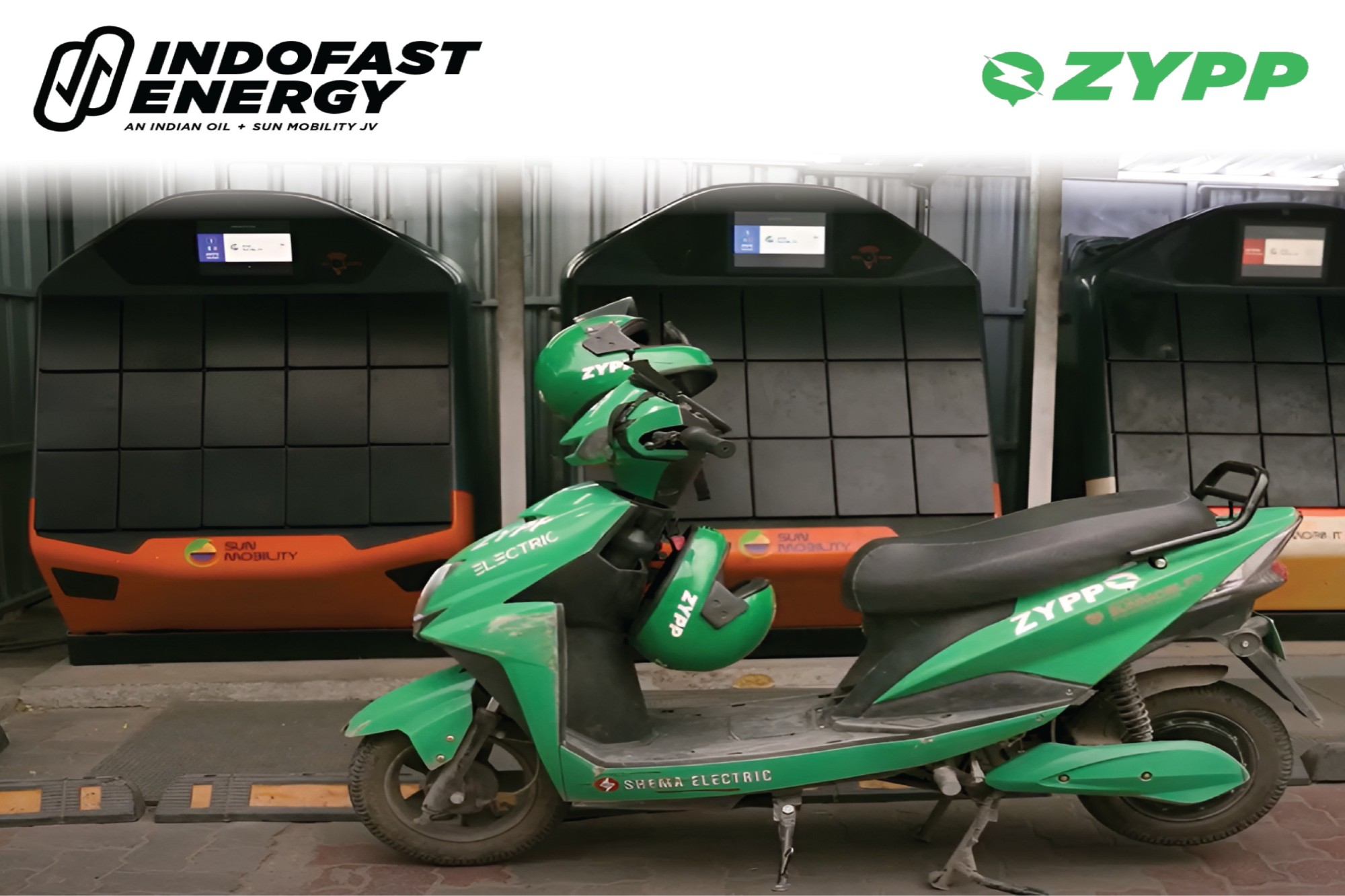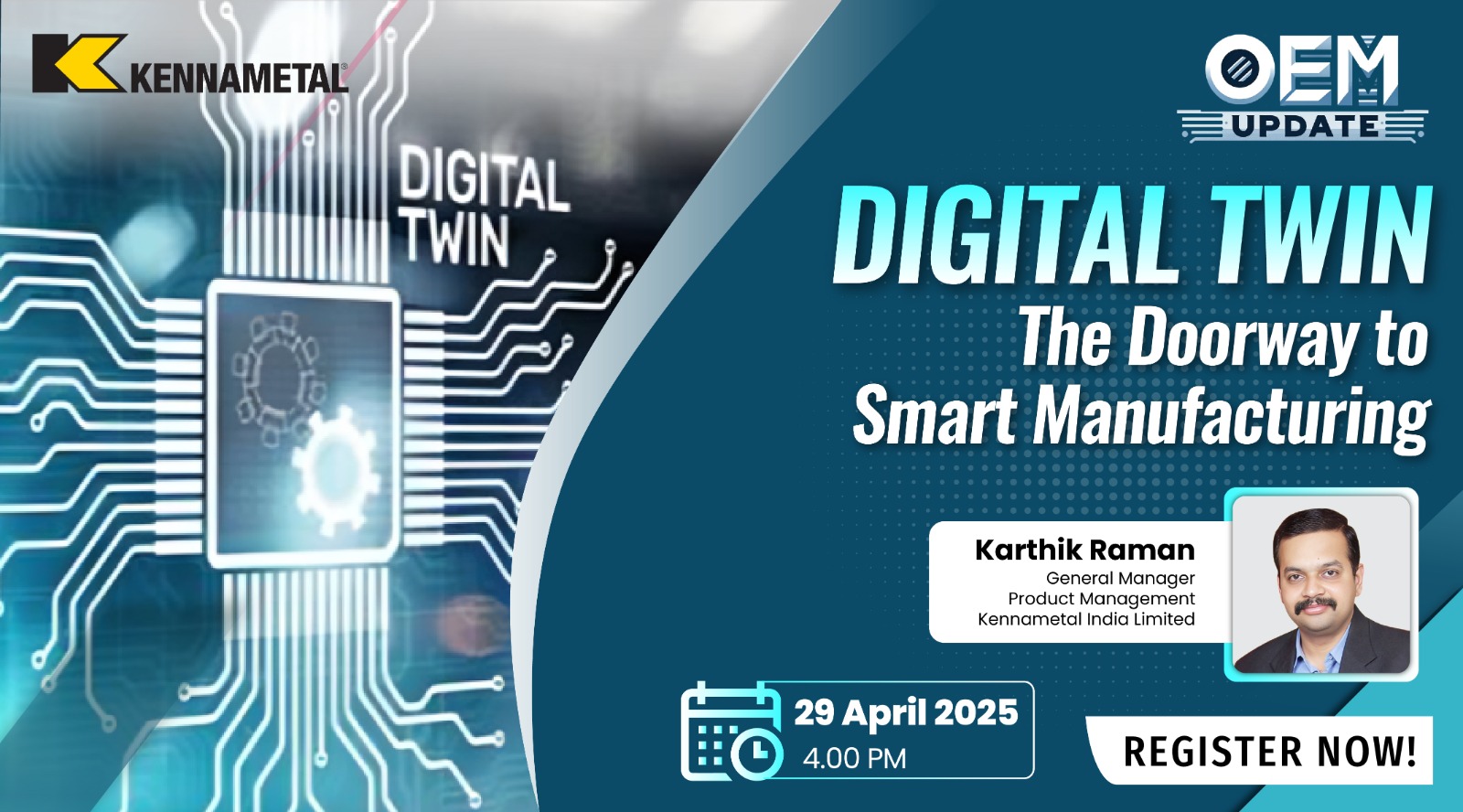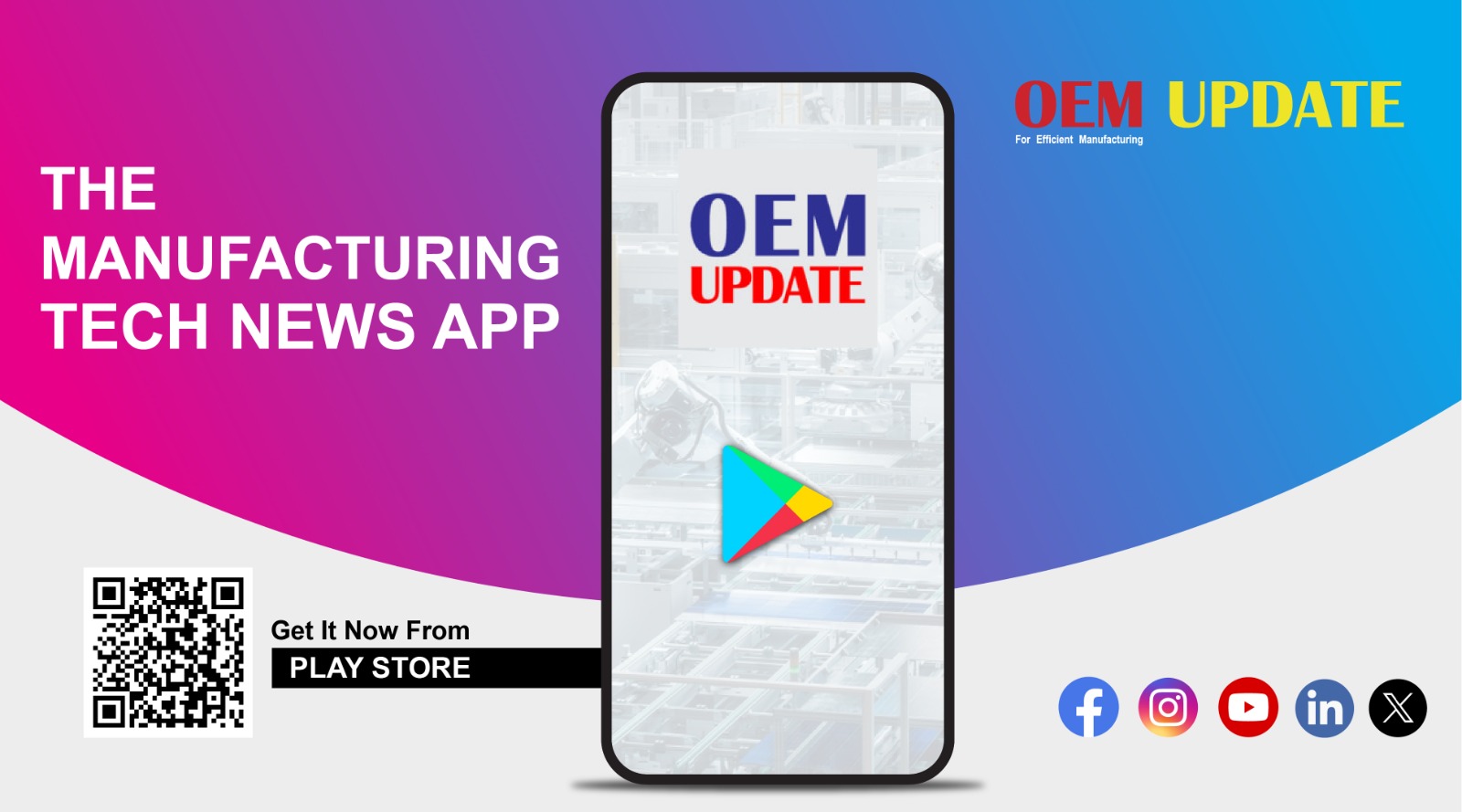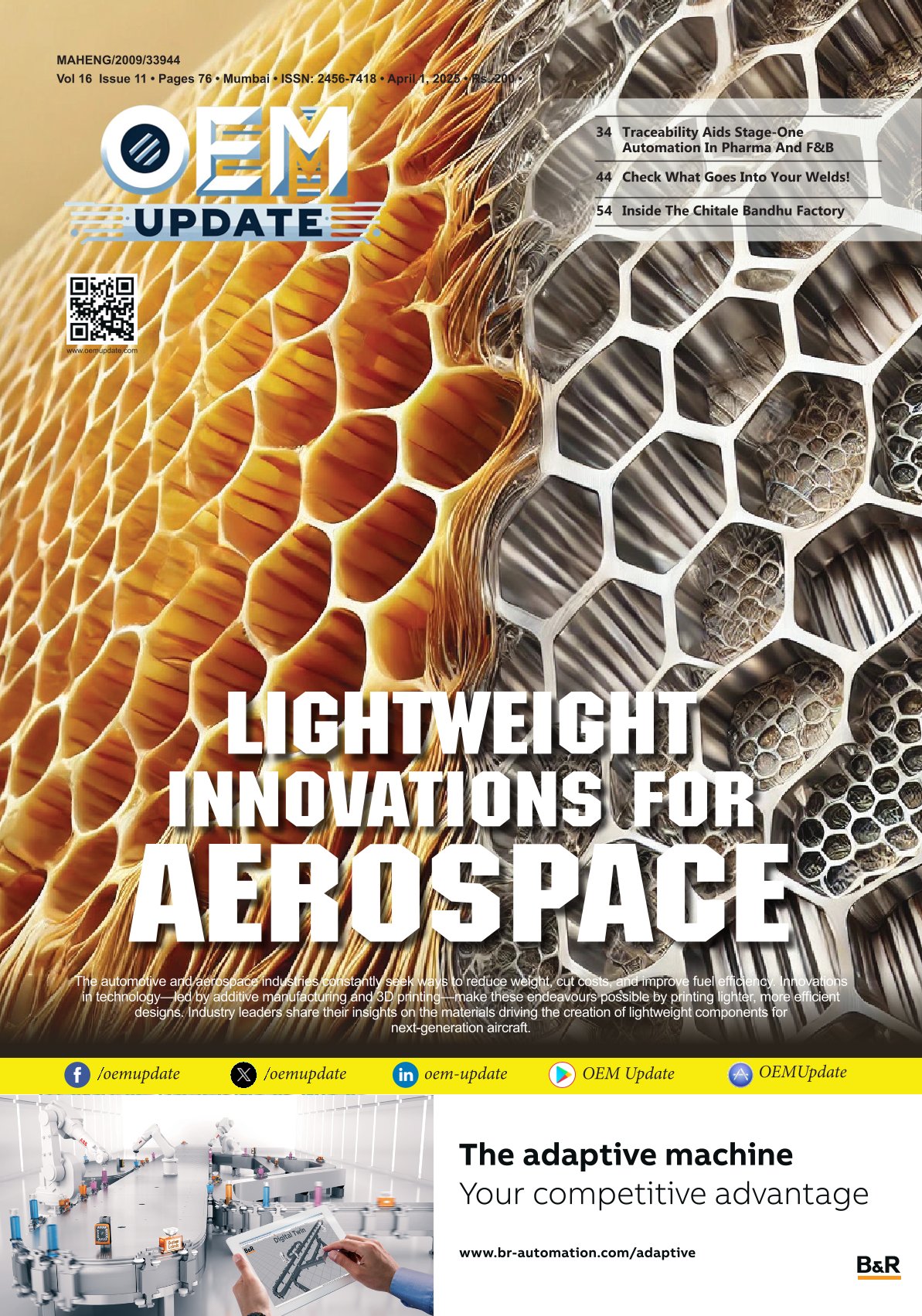LiDAR breakthroughs powering the shift to autonomous vehicles
By Staff Report April 9, 2025 12:07 pm IST
The automotive industry is experiencing a significant transformation due to the rise of autonomous driving technology, with Light Detection and Ranging (LiDAR) technology being a critical component. The global automotive LiDAR market is set to grow an astounding 6.7 times, from USD 960.9 million in 2025 to USD 6,455.9 million in 2032.
In recent years, the automotive industry has experienced a major transformation, primarily due to the rise of autonomous driving technology. One of the most critical innovations driving this revolution is Light Detection and Ranging (LiDAR) technology. Automotive LiDAR, a key component in enabling vehicles to see and navigate their environment, is poised for tremendous growth. According to projections from Persistence Market Research, the global automotive LiDAR market is set to grow an astounding 6.7 times, from the current size of USD 960.9 million in 2025 to USD 6,455.9 million in 2032. This represents a compound annual growth rate (CAGR) of 31.3% from 2025 to 2032. In this blog post, we will delve deeper into how innovations in sensor technology are driving this growth and explore the implications for the automotive industry.
Understanding automotive LiDAR technology
Before diving into the market dynamics, it’s important to understand what automotive LiDAR is and why it’s critical for autonomous driving. LiDAR is a remote sensing method that uses laser pulses to measure distances to objects. When these laser pulses are directed at an object or surface, they reflect back to the sensor, which calculates the distance based on the time it takes for the pulse to return. By emitting hundreds of thousands of laser pulses per second, LiDAR systems create high-resolution 3D maps of the vehicle’s surroundings, enabling real-time decision-making and enhancing a vehicle’s ability to detect obstacles, pedestrians, road signs, and other critical elements of its environment.
LiDAR technology is particularly vital for autonomous vehicles because of its superior ability to work in a variety of lighting conditions, including low light and night-time driving, where traditional cameras and radar systems may fall short. LiDAR sensors are also extremely accurate, providing the high-resolution data required for safe navigation in complex environments.
Key drivers of growth in the automotive LiDAR market
Advancements in sensor technology
The growth of the automotive LiDAR market is closely tied to continuous advancements in sensor technology. Early LiDAR systems were large, expensive, and difficult to integrate into production vehicles. However, over the years, innovations in sensor miniaturisation, cost reduction, and performance enhancement have made LiDAR systems more viable for mass-market adoption.
Miniaturisation and cost reduction: One of the most significant breakthroughs has been the development of smaller, lighter LiDAR sensors that are easier to integrate into vehicle designs. Early LiDAR sensors, with their bulky form factors, were primarily used in research and development, with only a handful of prototype vehicles incorporating them. Today, however, companies have developed more compact, cost-effective LiDAR sensors that can be mass-produced and installed in consumer vehicles. This is primarily due to advancements in semiconductor technology and innovations in photonics.
Solid-State LiDAR: One of the most exciting advancements in LiDAR technology is the rise of solid-state LiDAR sensors. Traditional LiDAR sensors rely on moving parts, such as rotating mirrors, to scan the environment. These moving components can be prone to wear and tear, making them less reliable and durable for long-term use. Solid-state LiDAR, on the other hand, eliminates moving parts by utilising electronic beam steering or other non-mechanical methods to scan the environment. This makes solid-state LiDAR more durable, cost-efficient, and scalable for mass production. Major players in the LiDAR market, such as Velodyne, Luminar, and Innoviz, are driving innovation in this space, with solid-state LiDAR becoming a major area of focus.
Improved range and resolution: Sensor improvements have also led to LiDAR systems with enhanced range and resolution. This is crucial for autonomous vehicles, as they need to detect objects far in advance to make safe driving decisions. For instance, some of the latest LiDAR sensors can detect objects up to 300 metres away with high precision, enabling vehicles to detect pedestrians, vehicles, and other obstacles well before they come into range. These improvements in range and resolution make LiDAR an even more attractive option for autonomous vehicle applications, where high levels of accuracy and safety are paramount.
2.The push toward autonomous vehicles
The global automotive industry is experiencing a rapid shift towards autonomous driving technology. With major companies such as Tesla, Waymo, and Cruise leading the charge, autonomous vehicles are becoming a reality rather than a futuristic concept. As these vehicles rely on a combination of sensors, including LiDAR, cameras, radar, and ultrasonic sensors, to navigate safely, the demand for advanced LiDAR technology is skyrocketing.
LiDAR plays a crucial role in ensuring that autonomous vehicles can navigate complex environments. Unlike traditional driving, autonomous vehicles need to process vast amounts of real-time data from their surroundings to make split-second decisions. LiDAR technology provides the high-resolution, three-dimensional data required to map out the environment in minute detail, helping autonomous vehicles detect road markings, pedestrians, and other vehicles with unparalleled precision.Given the emphasis on safety in autonomous vehicle development, the demand for reliable and accurate LiDAR sensors is only expected to increase as these vehicles become more mainstream. The integration of LiDAR into fully autonomous vehicles is expected to drive the largest portion of market growth in the coming years.
Government regulations and safety standards
Governments around the world are beginning to implement regulations that promote the development and deployment of autonomous vehicles. For example, the National Highway Traffic Safety Administration (NHTSA) in the United States has been working on regulatory frameworks for autonomous driving systems, which may soon make it mandatory for autonomous vehicles to be equipped with high-performance sensors like LiDAR.
As the regulatory landscape continues to evolve, automotive manufacturers are increasingly under pressure to integrate cutting-edge safety technologies, including LiDAR, into their vehicles to comply with these standards. Moreover, governments are also investing heavily in infrastructure that supports autonomous vehicles, such as smart traffic systems and dedicated lanes, which will further increase the reliance on advanced sensors like LiDAR.
Increased investment in research and development
The rapid growth of the automotive LiDAR market can also be attributed to increased investment in research and development (R&D). The automotive industry, along with technology companies, is pouring significant resources into R&D efforts to improve the performance of LiDAR systems. This investment is helping to accelerate the pace of innovation, making LiDAR sensors more affordable, efficient, and widely applicable.
In particular, collaborations between automakers, tech firms, and sensor manufacturers are leading to breakthroughs in sensor fusion, a technique that combines data from multiple sensors (including LiDAR, radar, and cameras) to create a more comprehensive understanding of the vehicle’s surroundings. These efforts are pushing the boundaries of what is possible with LiDAR technology, allowing vehicles to navigate in increasingly complex environments.
The future outlook for the automotive LiDAR market
As the automotive industry moves toward fully autonomous vehicles, the role of LiDAR technology will become increasingly important. Market projections indicate that the automotive LiDAR market will experience a compound annual growth rate (CAGR) of 31.3%, growing from USD 960.9 million in 2025 to a staggering USD 6,455.9 million by 2032.
This growth will be driven by innovations in sensor technology, improved performance, cost reductions, and an increasing emphasis on safety and regulatory compliance. As LiDAR becomes more affordable and integrated into mainstream vehicles, the adoption of autonomous driving technology will be propelled forward, bringing the industry closer to realising a future where self-driving cars are the norm.
Conclusion
The automotive LiDAR market is on the brink of an explosive growth phase, driven by remarkable advancements in sensor technology. Miniaturisation, cost reduction, and the development of solid-state LiDAR systems are enabling mass adoption of this once-costly technology. As autonomous vehicles continue to evolve and become mainstream, LiDAR will play an integral role in ensuring the safe operation of these vehicles. With a projected growth rate of 31.3% CAGR from 2025 to 2032, the automotive LiDAR market is poised for a bright future, making it a critical component in the ongoing transformation of the automotive landscape.
Cookie Consent
We use cookies to personalize your experience. By continuing to visit this website you agree to our Terms & Conditions, Privacy Policy and Cookie Policy.



